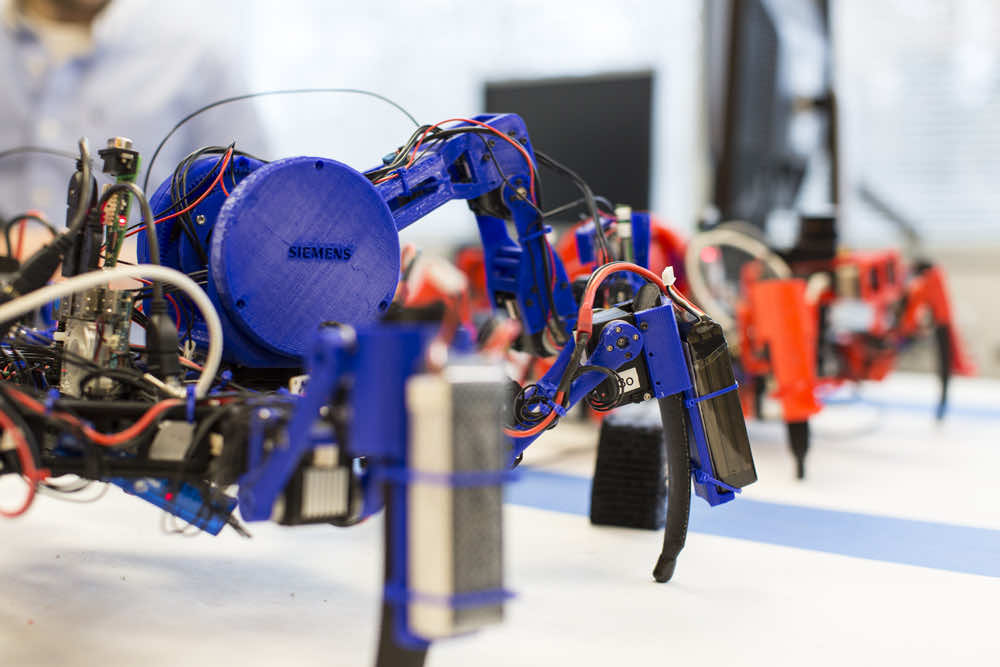The construction sector is key to economic growth in the UK, although it has endured a period of sustained decline recently.
More specifically, the industry contracted for the ninth month in a row during January, while the total number of homes built fell by 9% in comparison with the previous four weeks. Rising interest rates and labour costs contributed heavily to this, while the spectre of Brexit is also causing uncertainty among the nation’s construction businesses.
The long-term industry remains bright, however, thanks largely to the increased use of automation and robotics in construction. But how exactly will this impact on the industry, and what technology is already in use?
The Rise of Robots in Construction
Interestingly, construction is one of the least automated industries in the UK, as it continues to rely on intensive labour as a primary source of productivity. This is in stark contrast to manufacturing, which has begun to use automation as a way of increasing productivity and maximising efficiency.
However, we’re finally witnessing the development of brand new robots for use in the construction sector, which will ultimately introduce automation and change the way in which certain tasks are completed on-site.
But why has it taken so long for those in construction to embrace automation? The answer is simple, as even relatively simplistic construction tasks are difficult to automate in a safe and effective manner. This challenge is made even harder by the unpredictable nature of worksites, as robots struggle to complete repetitive tasks when they’re removed from a controlled environment.
For robots to work effectively on construction sites, they would need to adapt to their surroundings in real-time without continued reprogramming.
What Types of Construction Robots are Being Developed?
The construction sector has always responded to challenges, however, while innovation has also underpinned its development in recent times. Just look at sites such as RS Components, for example, which feature a diverse array of innovative tools and powerful cordless products.
It should therefore come as no surprise that automated construction tools are now being developed, with the first being a 3D-printing robot that could build large buildings on demand. Similar technology is also being developed to aid with the construction of bridges, with the first ever 3D structure of this type having recently been built in Holland.
At the other end of the spectrum, automated systems are also being developed to lay bricks and masonry, at a far faster and more efficient rate than manual labour. This is likely to represent the immediate future of automation in the sector, thanks to its cost-effective and relatively accessible nature.


